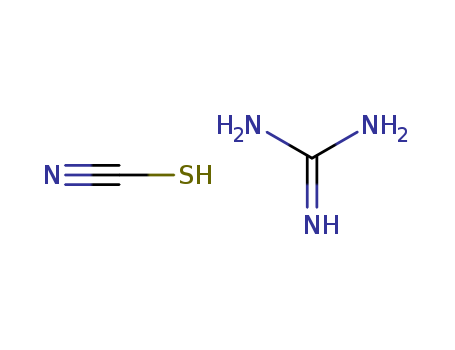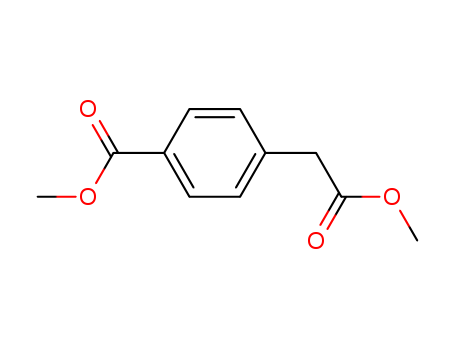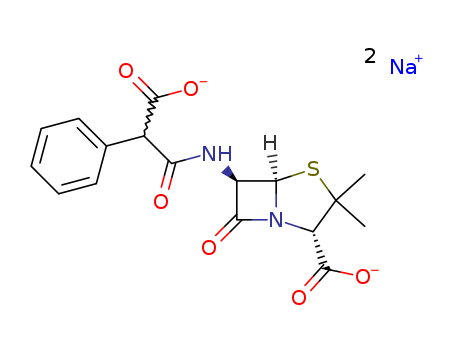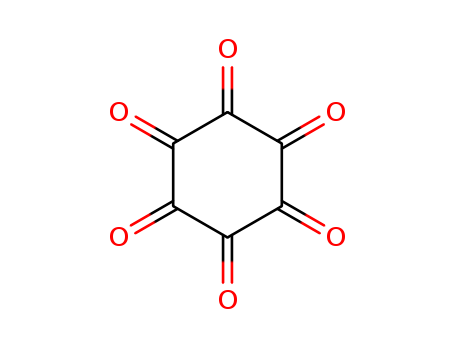
- Product Details
Keywords
- Guanidine thiocyanate supplier
- Guanidine thiocyanate China
- Guanidine thiocyanate 99%
Quick Details
- ProName: Guanidine thiocyanate 99% supplier in ...
- CasNo: 593-84-0
- Molecular Formula: C2H6N4S
- Appearance: powder
- Application: pharmaceutical intermediate;fine chemi...
- PackAge: 25kg
- Port: shanghai
- ProductionCapacity: Metric Ton/Day
- Purity: 99%
- Storage: room temperature
- Transportation: by air or by sea
- LimitNum: 0 Metric Ton
Superiority
we have 3 OEM factories, 2 R&D labs. Aily is striving to improve reseach and development, meet social and customers needs with a unifying strategic idea.
Details
1. Introduction of Guanidine thiocyanate
Guanidine thiocyanate , its cas register number is 593-84-0. It also can be called Guanidine, monothiocyanate ; Guanidinium thiocyanate ; Isothiocyanic acid, compd. with guanidine (1:1) (VAN). It is a white powder.
2. Basic Information of Guanidine thiocyanate
Guanidine Thiocyanate is an ultrapure, molecular biology grade reagent. It is free of detectable nuclease and protease activity and is a strong protein denaturant, as both the guanidinium cation and the thiocyanate anion are chaotropic agents. It is provided in one bottle containing 500 g. It is recommended for isolation of RNA, especially for tissues such as pancreas with high levels of RNase activity. In solution, it is known as guanidinium thiocyanate. Guanidine Thiocyanate is thoroughly tested for contaminating nonspecific endonuclease, exonuclease, and RNase activity.
1) Properties
H-Bond Donor: 3
H-Bond Acceptor: 4
EINECS: 209-812-1
Melting Point: 120-122 °C(lit.)
Refractive index: n20/D 1.482
Storage temp.: Store at RT.
Solubility: H2O: 6 M at 20 °C, clear, colorless
Flash Point: 34.2 °C
Enthalpy of Vaporization: 37.04 kJ/mol
Boiling Point: 132.9 °C at 760 mmHg
Vapour Pressure: 8.67 mmHg at 25°C
Stability: Stability Stable, but light sensitive. Incompatible with acids (contact releases very toxic gas), strong oxidising agents.
Product Categories: Pharmaceutical Intermediates;Sulphur Derivatives
2) Toxicity
| Organism | Test Type | Route | Reported Dose (Normalized Dose) | Effect | Source |
|---|---|---|---|---|---|
| mouse | LD50 | intraperitoneal | 300mg/kg (300mg/kg) | National Technical Information Service. Vol. AD277-689, |
3) Safety Profile
Poison by intraperitoneal route. When heated to decomposition it emits very toxic fumes of NOx, CN?, and SOx. See also THIOCYANATES.
Hazard Codes: Xn,T
Risk Statements: 20/21/22-32-52/53-36/37/38
R20/21/22: Harmful by inhalation, in contact with skin and if swallowed.
R32: Contact with acid liberates very toxic gas.
R52/53: Harmful to aquatic organisms, may cause long-term adverse effects in the aquatic environment.
R36/37/38: Irritating to eyes, respiratory system and skin.
Safety Statements: 36/37-61-13-36-26
S36/37: Wear suitable protective clothing and gloves.
S61: Avoid release to the environment. Refer to special instructions / safety data sheets.
S13: Keep away from food, drink and animal foodstuffs.
S36: Wear suitable protective clothing.
S26: In case of contact with eyes, rinse immediately with plenty of water and seek medical advice.
RIDADR: 1759
WGK Germany: 2
RTECS: XL1225000
F: 3-10
HazardClass: 8
PackingGroup: III
HS Code: 29252000
4) uses
Guanidine thiocyanate (CAS NO.593-84-0) is mainly used in chemical reagent, biological medicine, etc.It is also used as a general protein denaturant, which is presumably the mechanism for its aforementioned application in humans. And it can be used to lyse cells and virus particles in RNA and DNA extractions, where its function, in addition to its lysing action is to prevent activity of RNase enzymes and DNase enzymes by denaturing them.








